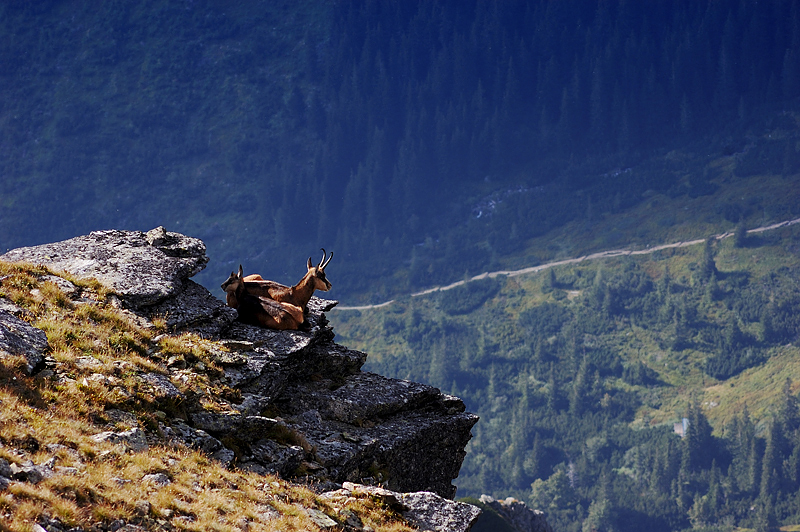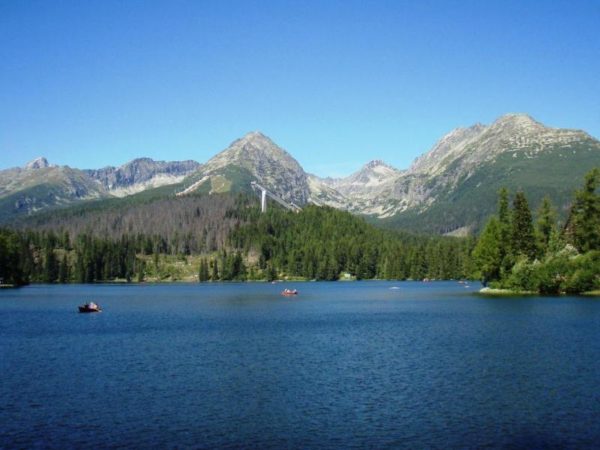Tatra National Park is the oldest national park in Slovakia. It consists of the highest mountain group in the Carpathian arc with the highest peak – Gerlachovský peak(2655 m above sea level). It is divided into 2 basic subunits – Eastern Tatras (High and Belianske) and Western Tatras. The length of the High Tatras is 26 km, Belianske Tatras 14 km and Western Tatras 37 km. The territory of the national park covers an area of 73,800 ha, its protection zone 30,703 ha. It is located in the Žilina and Prešov regions in the districts of towns Tvrdošín, Liptovský Mikuláš, Poprad and Kežmarok.
The Tatra National Park is bordered on the north by the Polish Tatrzański Park Narodowy, with which it forms a bilateral cross-border protected area. The beauty of the Tatra nature and its invaluable value was the reason for the inclusion of the national park area in 1993 by a UNESCO decision in the network of biosphere reserves within the MaB (Man and Biosphere) program. The highest values are the network of small protected areas, which is represented by 27 national nature reserves, 23 nature reserves, 2 protected areas, 1 national natural monument and 2 natural monuments with a total area of 37,551.53 ha, which is 50.7% of the national park area.
The Tatra National Park (TANAP) is also included in the NATURA 2000 system. On the territory of TANAP, there is an area of European importance SKÚEV0307 Tatry and a protected bird area CHVÚ030 Tatry. The aim of the NATURA 2000 system is to maintain or improve the favourable status of rare and endangered species of plants, animals and natural habitat types and thus to preserve biodiversity in the EU.
The territory of the national park serves, in addition to its main mission, which is the protection of extraordinary natural values of the territory, also for the needs of recreation, sports, cognition, treatment and tourism. Annually almost 3.5 million visitors visit the park and the network of hiking trails is about 600 km long. Currently, the most serious problems include wind and bark beetle calamities in spruce stands, relatively strong anthropogenic pressure on the territory as well as indirect anthropogenic influences.



Please describe your experience